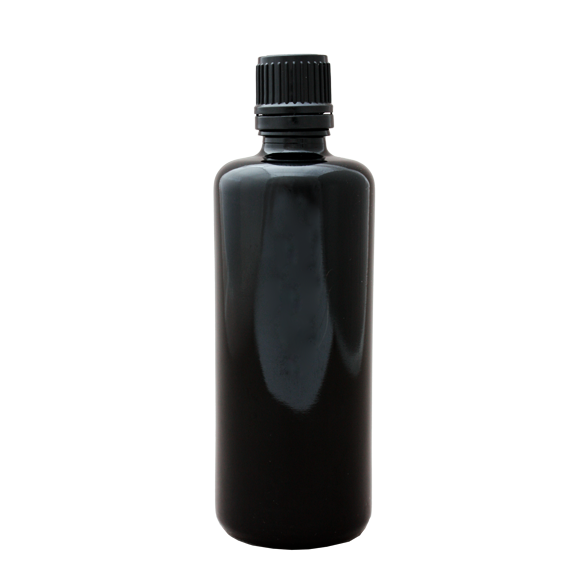Dosing and filling, News
Miron Glass – Violet Glass – Perfect also for CDL / CDS
Miron glass – the very special glass
Violet glass is the perfect filter for the sun’s rays.
There is only one type of glass in the world that optimally filters the sun’s rays. The violet glass! Miron Glass – Violet glass is excellent for CDS CDL.
It lets in the positive rays and leaves the harmful rays out. The violet lenses from MIRON protect and refine natural products and make them last longer!
There are five types of glass
To really understand how this “miracle” is possible, we need to get a little into science. Solar rays are essentially made up of visible light, ultraviolet light, and infrared radiation.
White, brown, blue and green glass allows all rays to pass through, even those that are harmful to the product and thus lead to faster deterioration. On the other hand, black or very dark glass does not allow any rays to pass through. Not even those that have a positive effect on the product stored in it.
Miron Glass – Violet Glass Excellent for CDS CDL – A Natural Barrier
MIRON’s violet glass also acts as a natural barrier to and binds the energy (frequencies) stored in the product. This preserves the natural quality of the product.
According to scientific studies, the purple Miron glass has a better quality of natural preservation compared to other glass, plastic or aluminium packaging. And all this without any preservatives. The longer shelf life and the possibility of reuse and recycling also make MIRON glass a sustainable solution. Especially if you use it until it breaks…
Special composition of Miron glass
The composition of this jar contains special minerals that naturally support the nutrients and vital ingredients of your product. In practice, this means that they do not lose their effectiveness, aromas, colour and consistency. But don’t trust this statement alone, just try it out for yourself with your products that you want to store. You will certainly be pleasantly surprised!
Is Miron glass / violet glass also suitable for chlorine dioxide solutions (CDL / CDS / CDH) as we use them?
Yes, this works very well and without any problems. The shelf life is considerably longer here, as with other products.
It is sometimes apparently claimed that the metal oxides used to color the Miron glass would trigger. Therefore, it would not be suitable for chlorine dioxide. However, this is not the case.
In fact, the coloring of this violet glass is achieved by a secret recipe of metal oxides. However, glass can be oxidized or migrated.
Therefore, I don’t see any problems with a chlorine dioxide solution, especially not with a 0.3% variant!
Here you can find Miron glass bottles.
Many thanks to the author for the great explanation on the topic.
best regards
torben
This post is also available in:
 Deutsch (German)
Deutsch (German)  English
English  Español (Spanish)
Español (Spanish)

